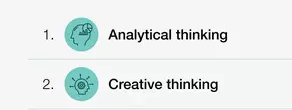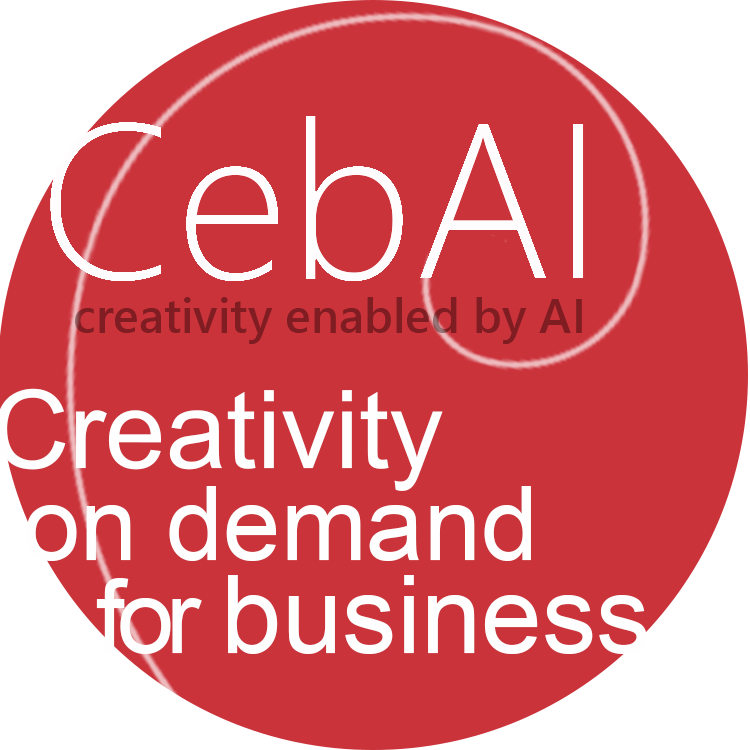Bugs, Sass and Big Ideas
Sam Steele
24 October 2024
While AI giants predict computers running entire organisations, the fundamentals of human creativity – imagination and attitude – remain far beyond artificial intelligence's grasp.
The future isn't about AI replacing human creativity,
but rather liberating it.
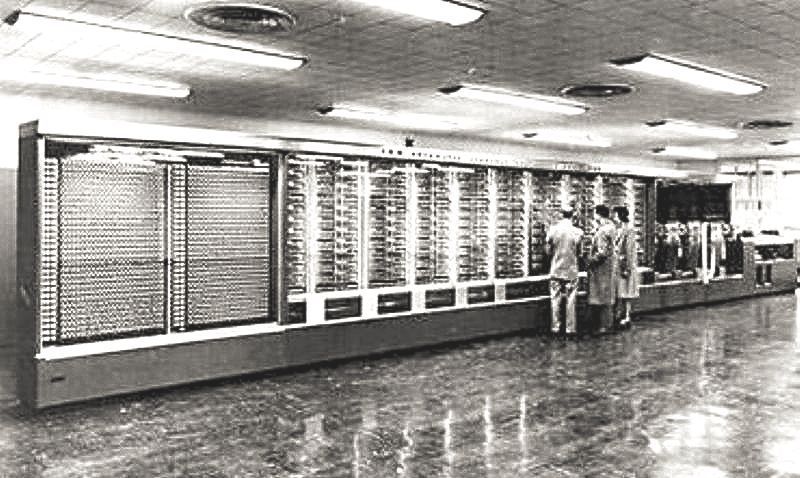
Finding the bug in the machine
Exactly 80 years ago, in 1944 at Harvard University, the Havard Mark I computer was completed. It was a beast! A room-sized, electro-mechanical device, over 50 feet long and weighing in at a svelte five tonnes. There were about 750,000 parts, including a 50-foot camshaft that synchronized the machine's components, and it was used to support the US Navy during WW II (CHM, 2024).
One of the first programmers of this IBM mainframe computer, was a diminutive young mathematician, Ruth Noller. One day, the computer stopped working and Noller was tasked with finding the probelm.
She explored all the mechanical options, checked many of the 750,000 parts and finally, after many, many hours of manual work, she found the problem.
A small flying insect had got itself stuck in the mechanism. Noller pinned the culprit, a moth, to the top of the page of her logbook, with a note that she had found the problem – “a bug in the machine”. Which is why, to this day, all computer problems are called “bugs”. (SIG, 2018)
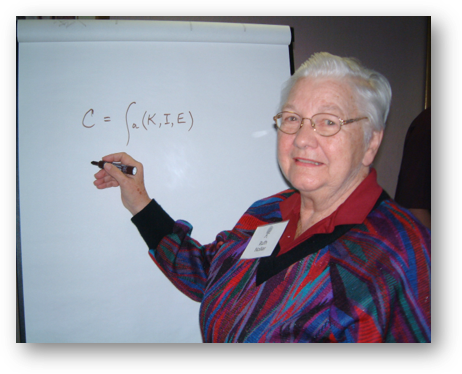
From creative thinking to innovation
Like many early computing pioneers, Noller's work with these first-generation machines sparked insights that reached far beyond technology.
Her experience debugging the Harvard Mark I - requiring both systematic analysis and creative problem-solving - influenced her ground breaking work on human creativity itself, and she established the academic research discipline of Creative Problem-Solving.
Drawing on her mathematical background, Noller established a rather elegant formula for creativity - C = ƒa ( K, I, E ) which defines Creativity as the product of Knowledge, Imagination, and Evaluation, with positive Attitude being the force multiplier. (Isaksen, Dorval and Treffinger, 2011)
But how does this creative thinking translate into business value? Harvard Business School Professor Emeritus Theodore (Ted) Levitt provided the crucial link.
Levitt's influential distinction between creativity and innovation frames them as passive and active processes: "creativity is thinking up new things. Innovation is doing new things," (Levitt, T., 2008).
This means while creativity can exist in isolation, innovation - the lifeblood of business success - cannot exist without first engaging in creative thinking. It's a crucial driver for developing the new goods, services, and business models that generate fresh income streams.

Future Thinking
Creative thinking is a hot topic for business right now. Analytical and Creative thinking are the two skills most required by businesses worldwide according to The World Economic Forum’s Future of Jobs report (WEF, 2023).
This global survey is a cross-section of 803 of the world’s largest employers, collectively employing more than 11.3 million workers across 27 industry clusters and 45 economies from all world regions.
"Analytical and Creative thinking are the two skills most required by businesses worldwide"
Future of Jobs, WEF 2023
Earlier this year, banking giants HSBC published a report on the future of the workplace called Digital Horizons (HSBC, 2024). It forecasts businesses imperatives for 2030.
In amongst the more obvious nods to automating and implementing new technology, the report squarely focuses on the subject of creativity. It goes so far as to describe a future office as a highly creative research lab, where innovation and creativity are key activities.
After all, if the technology can do the mundane and repetitive tasks, it frees up the highly valuable and experienced human workforce to focus on the added value innovation work. "Vision and imagination will be essential workforce skills – and they will need to be taught” predicts the authors.
Which begs the question - taught to whom? You may not be surprised to read that the AI entrepreneurs think that they can build super intelligent machines to do all the creative thinking stuff for us.
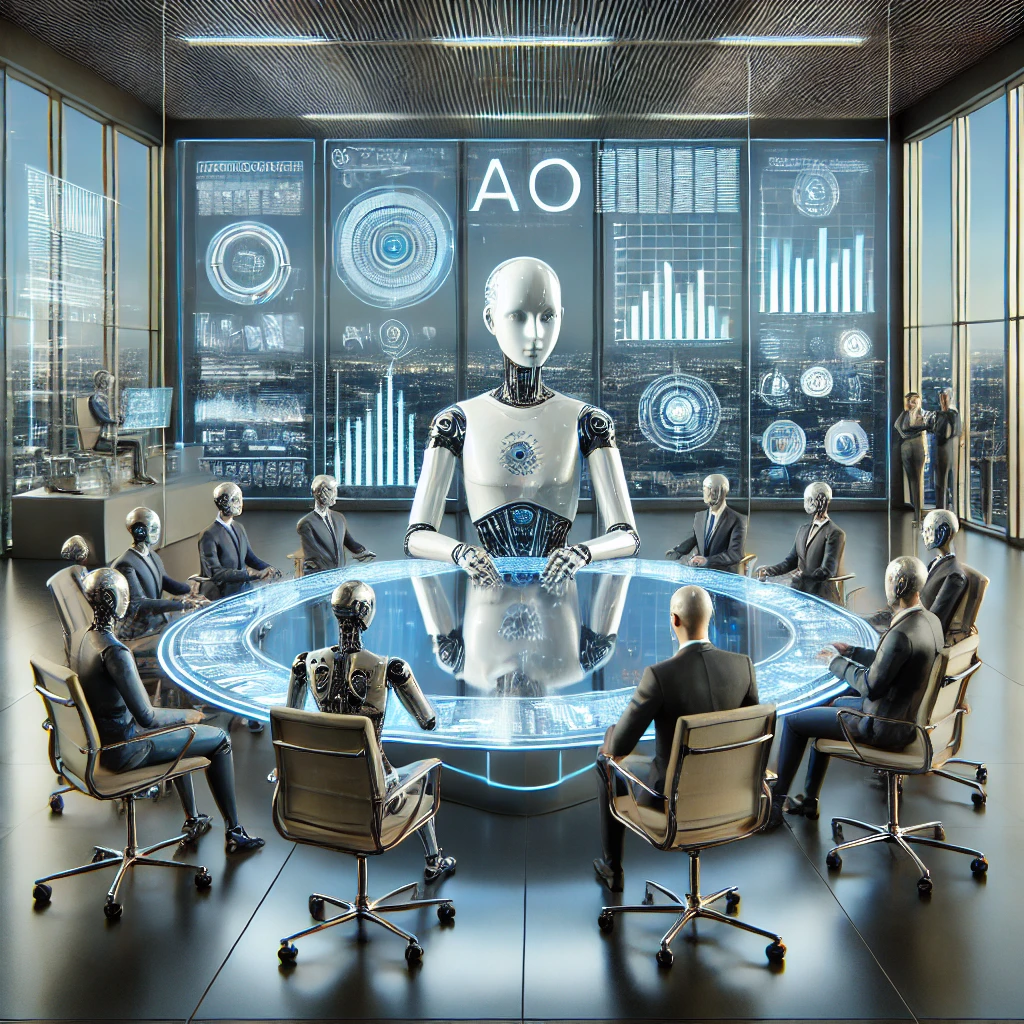
AI as CEO
September 2024 kicked off with some bold claims in the AI world. OpenAI's new model, o1-preview, has reportedly reached level two of their self-designed five stage evolution to artificial general intelligence (AGI).
AGI is predicted by the tech bros to become an independent technology that can understand the world and flexibly adapt to novel information and circumstances, equal to, or better than, human capability.
OpenAI CEO Sam Altman envisions this journey progressing as follows:
- chatbots like the current GPT models
- reasoning like the newest Open AI model, 01-preview
- autonomous agents that can get on with some tasks without any help
- AI that is capable of genuine innovation
- AI capable of running entire organizations without any human input
(Cook, 2024)
Altman claims the newly launched 01-preview model has achieved level 2 - reasoning, and that we’ll be at level five within ten years.
What does that mean for the global workforce? Will we be redundant within a decade? Our jobs outsourced to 24-hour, always-on, digital networks of nodes, switches, routers and algorithms?
Well, maybe. And maybe not…
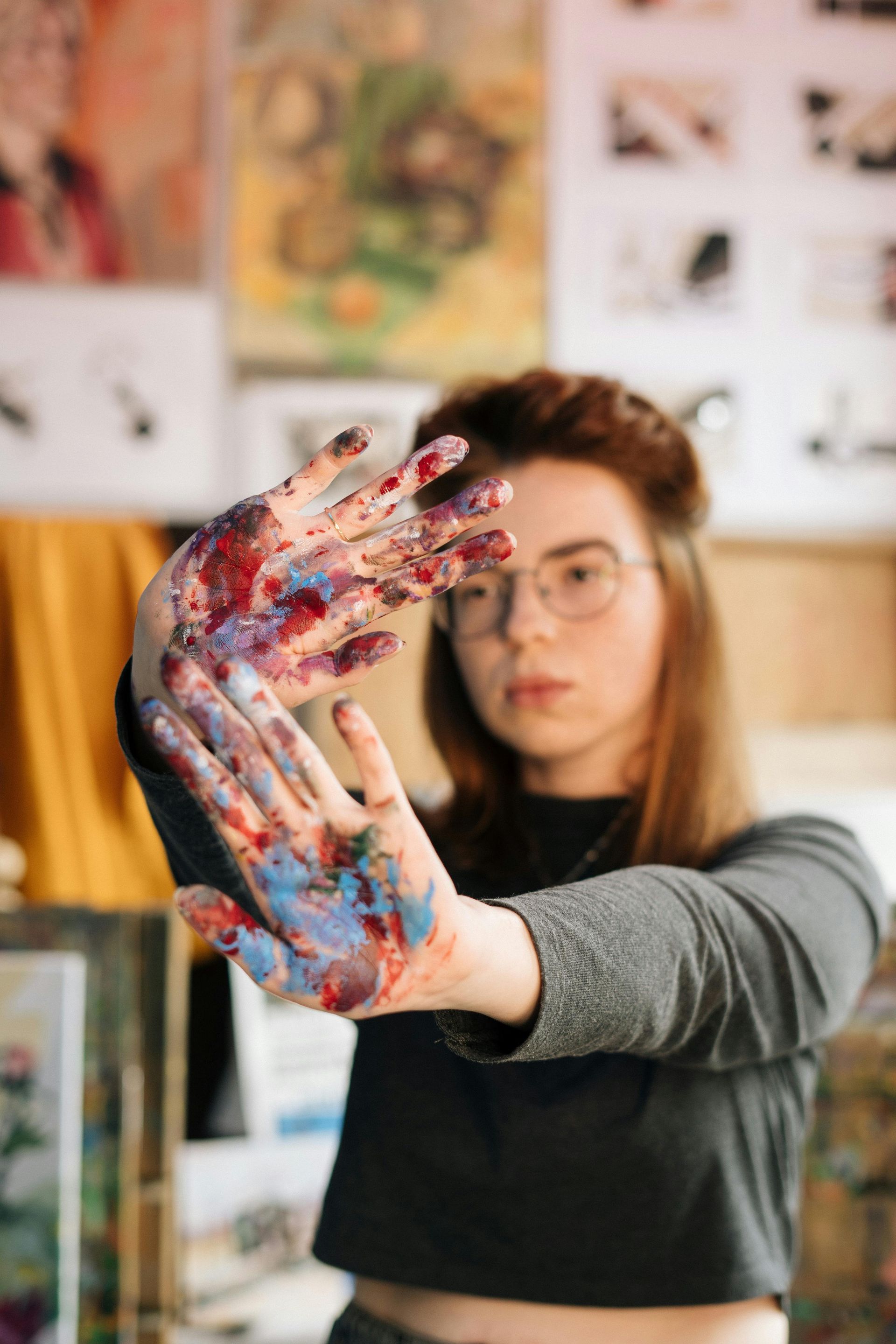
Human Creativity: Our Competitive Edge
Remember Professor Noller's creativity formula?
C =
ƒa ( K, I, E ) where
Creativity is the product of the person's
Knowledge, Imagination, and
Evaluation, multiplied by their positive mental
Attitude. When we map this against AI capabilities, an interesting pattern emerges.
Knowledge and Evaluation are AI's strong suits. OpenAI has already processed an astounding 570GB of datasets - some 10 trillion words - to train their chatbots, far exceeding what any human could memorize. These systems can evaluate information at speeds that make human analysis look glacial by comparison.
But here's where it gets interesting: Imagination and Attitude - the remaining elements of Noller's formula - represent uniquely human territories.
Imagination, defined as "the act or power of forming a mental picture of something not present and especially of something one has not known or experienced" (Merriam-Webster, 2024b), requires a leap beyond mere data processing.
Similarly, Attitude - "a feeling or emotion toward a fact or state" (Merriam-Webster, 2024a) - demands subjective, emotional engagement that mathematical models, however sophisticated, cannot truly replicate.
"the human capacity for imaginative leaps
and emotional intelligence transforms computational power into genuine innovation"
Attitude and Imagination aren't just theoretical limitations. In fact, they define exactly how humans and AI should collaborate in the workplace.
While AI excels at processing vast amounts of data and identifying patterns, it's the human capacity for imaginative leaps and emotional intelligence that transforms this computational power into genuine innovation.
The real competitive advantage, therefore, lies in strategic human-AI collaboration. By letting AI handle the heavy lifting of data processing and routine analysis, we free up human professionals to focus on what they do best: applying imagination and attitude to creative problem-solving. It's about using AI not to replace human creativity, but to amplify it.
Eighty years on from computers the size of rooms, we've learned that the most powerful solutions come not from machines alone, but from the synergy between human creativity and computational capability.
Nowadays, we can let the computers do their own bug hunting, while the human brain focuses on what it does best - generating those big, bold ideas that no algorithm can predict.

